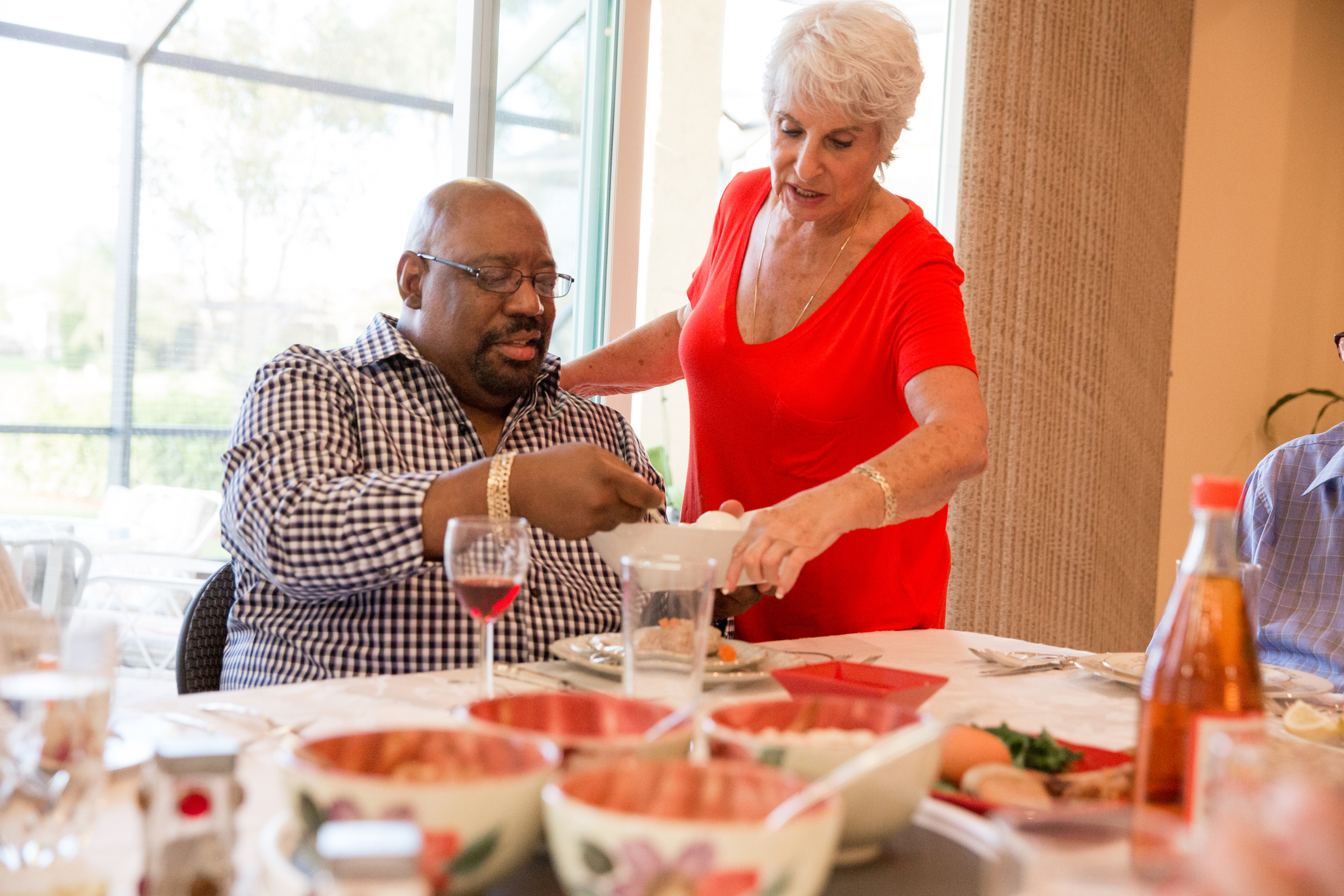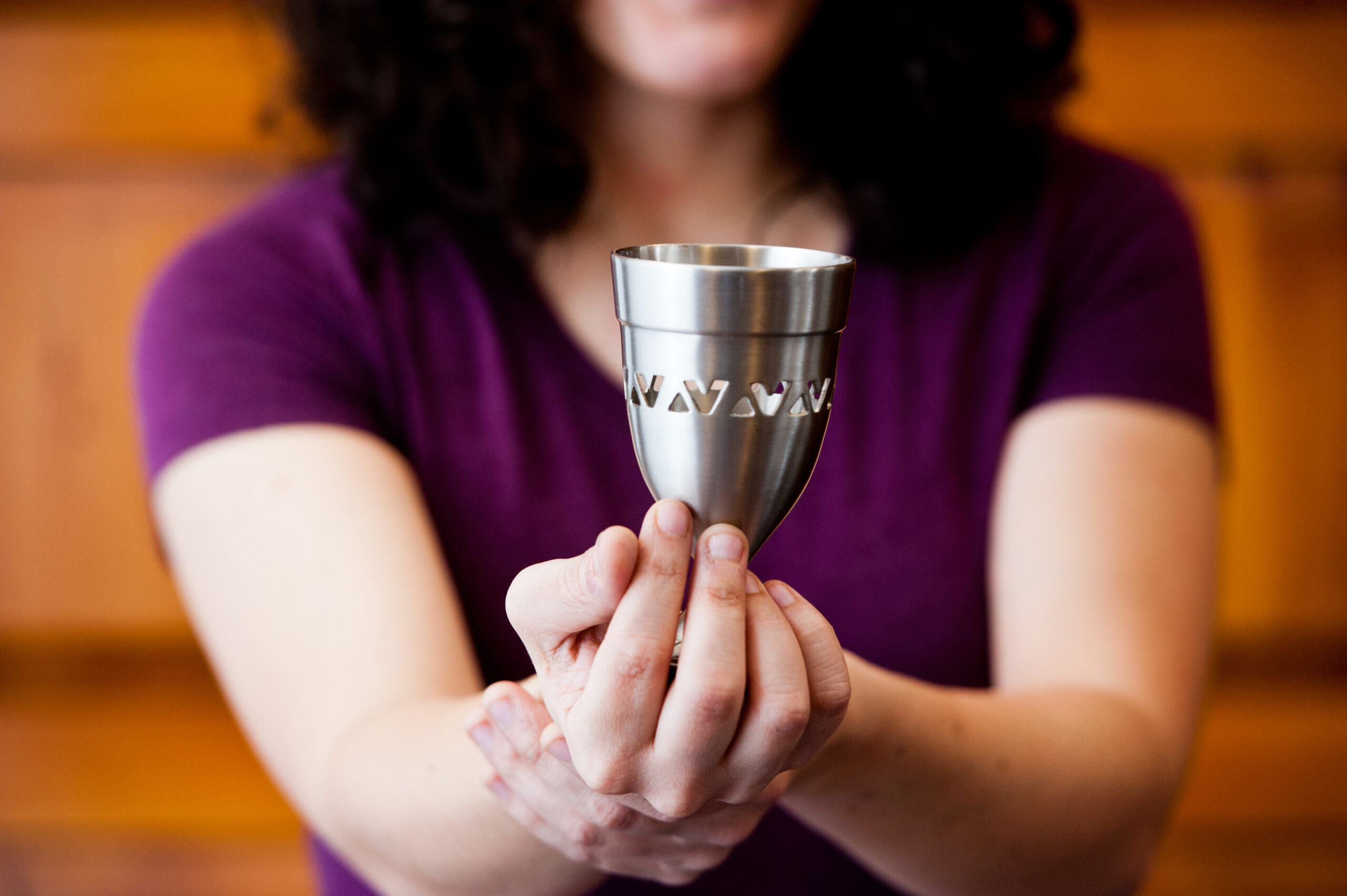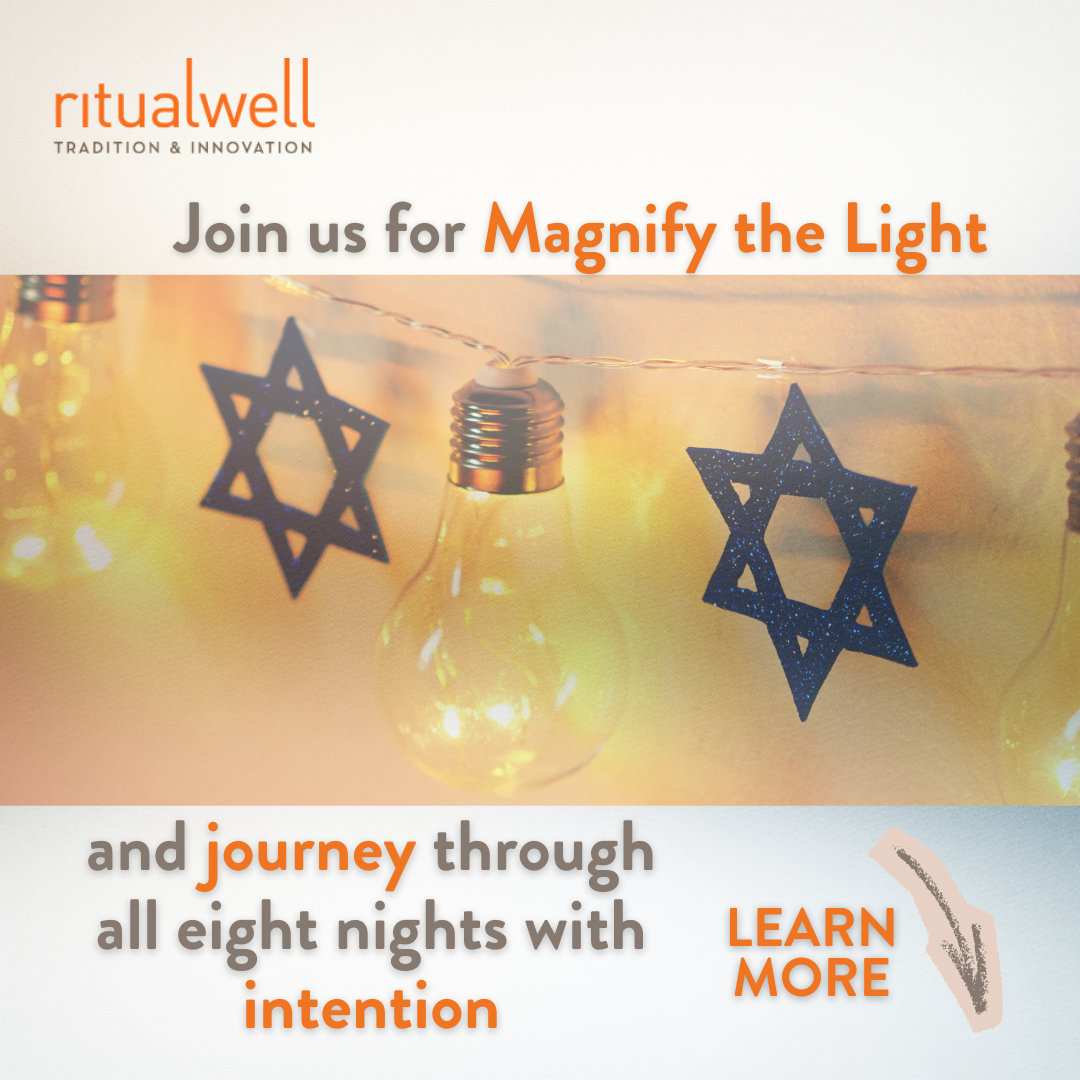- What is it? Created in partnership with Hazon, this Passover Turn the Tables guide uses matzah as a symbol to start a conversation about some of the barriers to food access.
- How to use it: It could be used as a stand-alone discussion for a Turn the Tables meal or incorporated into your Passover seder. During the Magid section, engage your guests in a discussion about food insecurity through the Israelites’ journey from slavery to freedom.
Just a Taster!
DESSERT:
We opened this discussion with a declaration that matzah is “the bread of affliction,” the bread of oppression and poverty, but it isn’t just a symbol of the hardships that the Israelites endured. In the Passover story, matzah is what the Israelites ate after they became free—making it a symbol of liberation, as well as a symbol of oppression. The barriers to buying, cooking, and eating healthy foods are real. The damage of these barriers, including consequences on health and life expectancy, are far too real for many people in the United States and around the world. Eating matzah at the seder connects guests to cultural memories of barriers to healthy food, as well as the memories of overcoming those challenges as we move from slavery to freedom. Through discussion, learning, and action, we turn our symbols of oppression into symbols of liberation and must support other individuals and groups in their journeys to move from oppression to liberation.
Download the full supplement below and/or go to Repair the World’s Passover page for more!

Repair the World was founded in 2009 to make meaningful service a defining element of American Jewish life. Repair mobilizes tens of thousands of young Jews to volunteer in tackling pressing local needs each year, and Repair equips communities and partners to do the same. These volunteers help transform neighborhoods, cities, and lives through meaningful service experiences rooted in Jewish values, learning, and history.

Hazon means vision. We create healthier and more sustainable communities in the Jewish world and beyond. Our programs are multi-generational and give entry points for Jews of all backgrounds who are concerned about the environment and the world. Hazon serves a national and international population; members of every denomination and those who are unaffiliated; intergenerational from children to seniors – including families and singles, with a particular focus on young adults interested in developing the skills to take on leadership roles in their communities and make a difference in the world.













